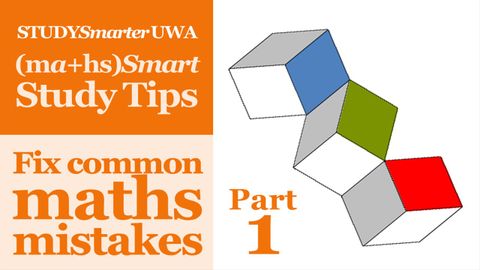よくある数学の間違い (パート1/4) (Common Maths Mistakes (Part 1 of 4))
Yassion Liu が 2021 年 01 月 14 日 に投稿  この条件に一致する単語はありません
この条件に一致する単語はありませんUS /ˈprɑsˌɛs, ˈproˌsɛs/
・
UK /prə'ses/
- v.t.(コンピュータの)データを処理する;処理する;処理する;一連の工程を経る;加工する : 加工処理する;理解する
- n. (c./u.)手続き;一連の行為;方法;訴訟手続き;プロセス (コンピューター)
- n.馬銜(はみ);少し : 部分;ビット;錐;小銭;ちょっとしたこと
- v.i.魚が餌に食らいつく
- adv.少し
- v.t.噛んだ
- idiom全く~ない;自分の役割を果たす
US /ˌsɪtʃuˈeʃən/
・
UK /ˌsɪtʃuˈeɪʃn/
US /ɪkˈsprɛʃən/
・
UK /ɪk'spreʃn/
- n. (c./u.)表現;語句;表情;式;表現;表現
エネルギーを使用
すべての単語を解除
発音・解説・フィルター機能を解除

